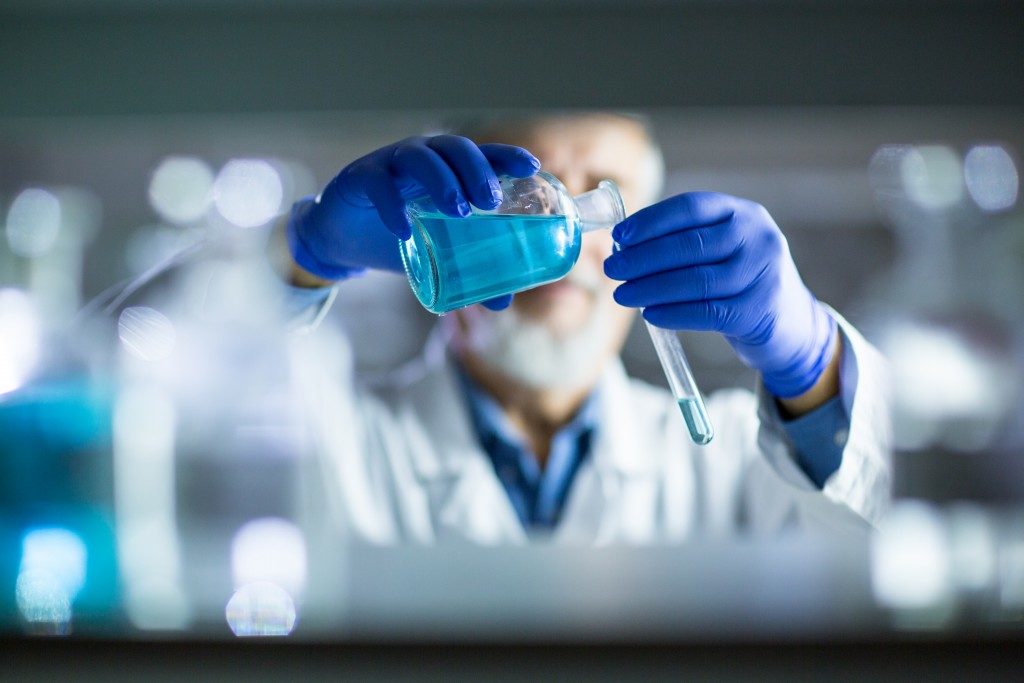Chromatography is an analytical technique that involves the separation of mixtures into its basic components. Chromatographic systems are composed of the following elements:
- The mixture or compound
- Stationary phase (solid or liquid)
- Mobile phase (gas or liquid)
There are many different types of chromatographic techniques and they are used depending on the mixtures that need to be separated. While most laboratories would use High Performance Liquid Chromatography (HPLC) or Gas Chromatography (GC) as a separation technique, some substances may be harder to break down and analyze. In such cases, Supercritical Fluid Chromatography can be used as an alternative separation technique.
What is Supercritical Fluid Chromatography?
Supercritical Fluid Chromatography (SFC) is a chromatographic technique that is useful in separating non-volatile and volatile compounds, including those which are thermally sensitive. In SFC, the typical mobile phase used is carbon dioxide because its critical temperature and pressure can be easily reached, thus making it a supercritical fluid. Supercritical fluids can flow through solids or gases and they can also dissolve liquid substances.
Here are the Industry Applications of SFC
Petroleum Industry
Petroleum products, like diesel and gasoline, have a complex chemical composition and breaking them down to their basic components is important in measuring the quality of its fractions. Using SFC enables petroleum companies to comply with ASTM technical standards, including ASTM D1319, the method used in testing hydrocarbons in petroleum products. SFC is also used in alternative testing methods such as ASTM D5186 which is used in determining the amount of aromatic and PNA content in diesel and ASTM D6550 for testing the olefin content in gasoline.
Pharmaceutical Industry
SFC is used by clinical laboratory analysts in the detection, separation, and purification of molecules. The analysis of the molecular components in pharmaceutical products helps detect impurities that can lead to toxicity or lesser potency of drugs and medicines.
Food Industry
In the food industry, SFC is used to determine food contaminants, to extract flavor and aroma from ingredients, and to develop and improve products. SFC is also a useful technique in identifying food fraud, or the act of purposely tampering, substituting, or mislabeling any food product. Some of the most frequent food products that are altered include olive oil, cheese, and many different herbs and spices.
What are the Advantages of SFC?
SFC has a number of advantages over normal HPLC and GC. SFC can process compounds three to five times faster than HPLC or GC, making it suitable for high-volume sample analysis. Due to this, laboratories can also operate at a lower cost as they can analyze more samples in less amount of time. SFC separations also have high resolution, about five to 10 times higher than HPLC separations. Another advantage of SFC is that the equipment used in sample analysis are simple to configure and produce no toxic or flammable waste.
Supercritical fluid chromatography is beginning to emerge as an important technique in fractionizing mixtures and compounds into their molecular components. Through this process, analysts are able to study the components in their purest form.

